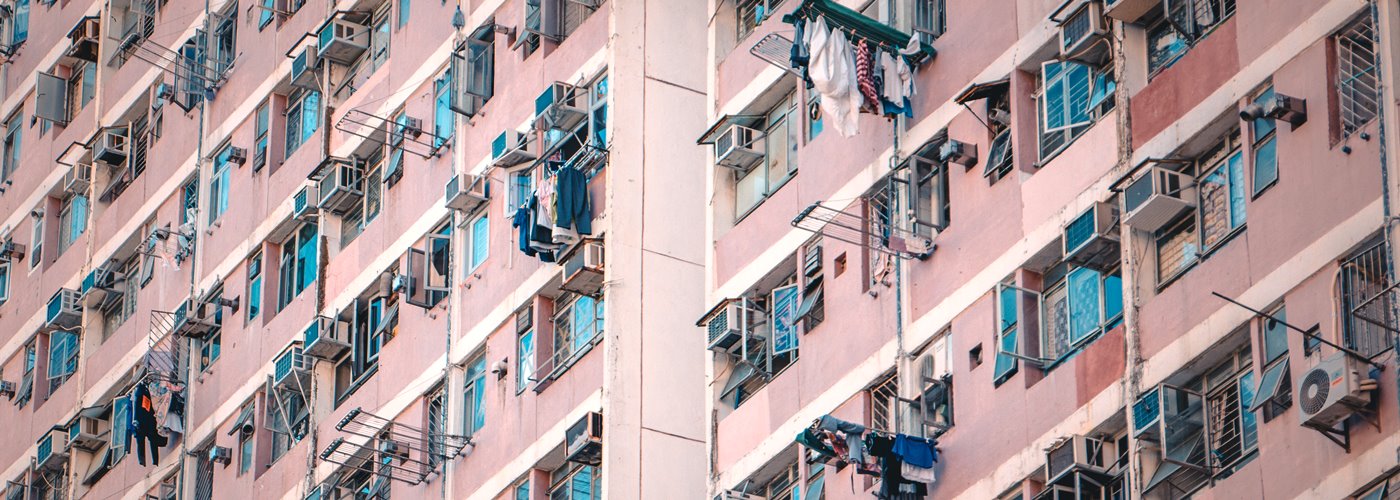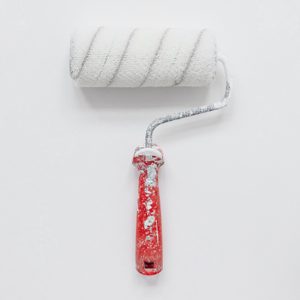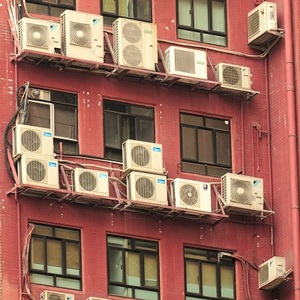

Heading into the peak of summer heating, with electric bills on the climb as air conditioners are humming along, it would be nice if there was a way to help beat the heat at home and help reduce cooling costs at the same time. A new material, likened to a cooling paint, has been recently developed by applied physicists at Columbia University. This new coating is able to passively cool surfaces by 6°C and is as easy to apply as paint, either by brush, spraying, dipping, or even as a tarpaulin-like sheet.
The key substance which makes up this cooling paint has quite a long name, poly(vinylidene fluoride-co-hexafluoropropene). This highly durable polymer is mixed with acetone (a solvent) and water (a non-solvent) prior to application. As the paint-like mixture is applied, the volatile acetone rapidly evaporates leaving behind the water and polymer mixture. This mixture then phase separates, much like an oil and water mixture. This forms tiny pores in the polymer as the micro-droplets of water evaporate.
The tiny pores that are left behind are good at both back-scattering sunlight and emitting thermal radiation back out to space. In fact, measurements taken by the team from Columbia University show that this coating can reflect up to 99.6% of incoming sunlight, including infrared, visible, and ultraviolet wavelengths. This is more than typical white paint which only reflects about 80% of incoming visible light, while still absorbing building-heating IR and UV rays. Furthermore, the coating is still highly effective at cooling surfaces even when mixed with colored pigments. This broadens the application potential of this new substance to areas where a color other than white is desired. Finally, tarpaulin-like sheets of this coating have also been developed which enable a more removable and recyclable application of the product.
Currently, this cooling paint is about five times as expensive as acrylic paint. However, with the added benefit of cooling buildings, and reducing cooling costs by 15%, the new substance may prove to be cost effective in the long run.

